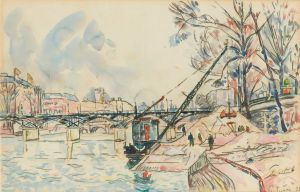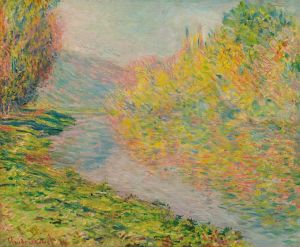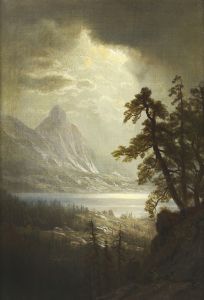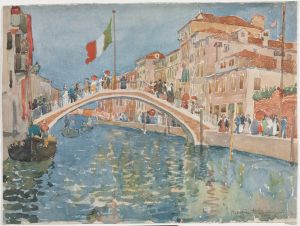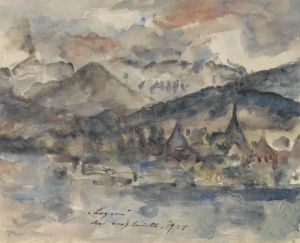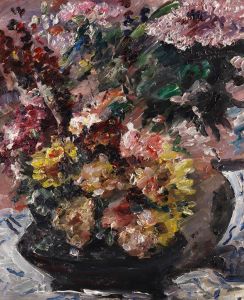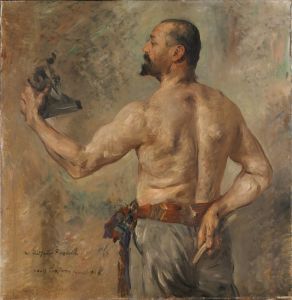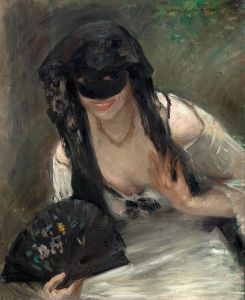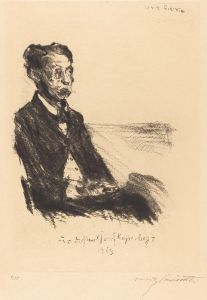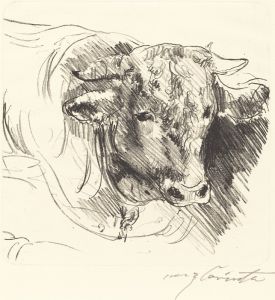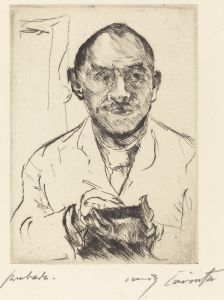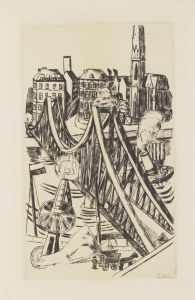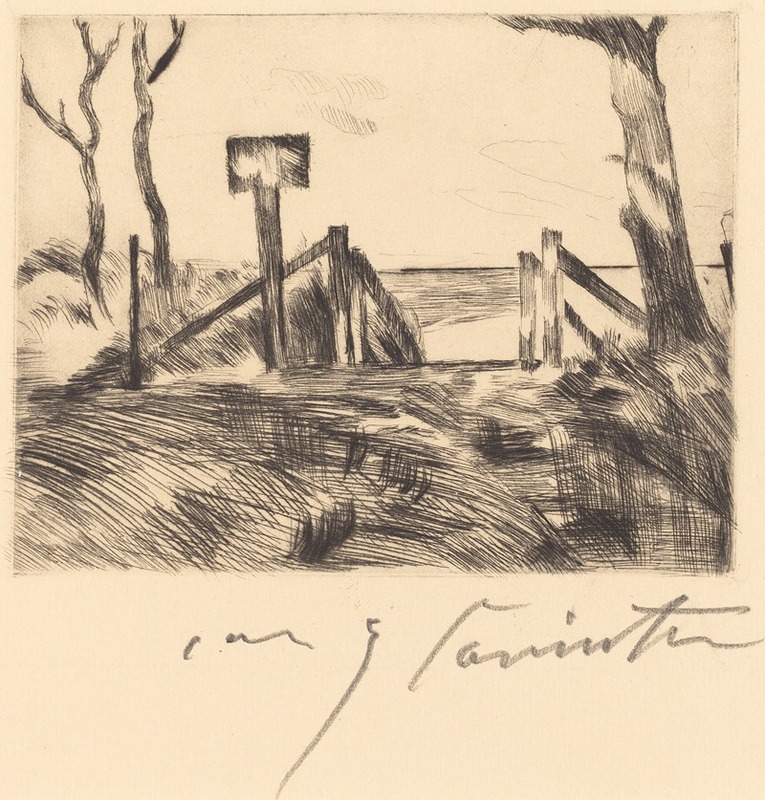
Bridge with Sign
A hand-painted replica of Lovis Corinth’s masterpiece Bridge with Sign, meticulously crafted by professional artists to capture the true essence of the original. Each piece is created with museum-quality canvas and rare mineral pigments, carefully painted by experienced artists with delicate brushstrokes and rich, layered colors to perfectly recreate the texture of the original artwork. Unlike machine-printed reproductions, this hand-painted version brings the painting to life, infused with the artist’s emotions and skill in every stroke. Whether for personal collection or home decoration, it instantly elevates the artistic atmosphere of any space.
Lovis Corinth was a German painter and printmaker whose work is associated with the transition from Impressionism to Expressionism in the late 19th and early 20th centuries. He was known for his vigorous brushwork and vibrant use of color, often exploring themes of nature, mythology, and the human condition. Corinth's style evolved significantly over his career, reflecting both personal experiences and broader artistic movements of his time.
"Bridge with Sign" is one of Corinth's works, although specific details about this painting are not widely documented in art historical literature. Corinth's oeuvre includes a variety of subjects, and he often depicted landscapes, cityscapes, and scenes from everyday life, which might provide context for understanding this particular painting. His landscapes and cityscapes frequently capture the dynamic interplay of light and shadow, rendered with expressive brushstrokes that convey a sense of immediacy and emotion.
Corinth's artistic journey was marked by a significant personal transformation following a stroke in 1911, which affected his physical abilities and led to a noticeable change in his artistic style. After this event, his work became more introspective and expressive, often characterized by a looser, more fluid application of paint. This period of his career is sometimes referred to as his "late style," where his paintings took on a more abstract quality, emphasizing emotional expression over realistic representation.
The painting "Bridge with Sign" might reflect Corinth's interest in capturing the essence of a scene rather than focusing on meticulous detail. His approach often involved a dynamic composition, where the elements of the painting are arranged to guide the viewer's eye across the canvas, creating a sense of movement and life. The use of color in Corinth's work is typically bold and expressive, contributing to the overall mood and atmosphere of the scene.
Corinth was a prominent figure in the Berlin Secession, an art movement that sought to challenge the conservative art establishment in Germany. His involvement with this group underscores his commitment to artistic innovation and his willingness to embrace new ideas and techniques. Throughout his career, Corinth remained a prolific artist, producing a vast body of work that includes paintings, drawings, and prints.
While specific information about "Bridge with Sign" is limited, understanding Corinth's broader artistic context can provide insight into the potential themes and stylistic elements present in the painting. His work is celebrated for its emotional depth and technical skill, making him a significant figure in the history of modern art. Corinth's legacy continues to influence artists and art historians, and his paintings are held in major collections around the world, reflecting his enduring impact on the art world.





